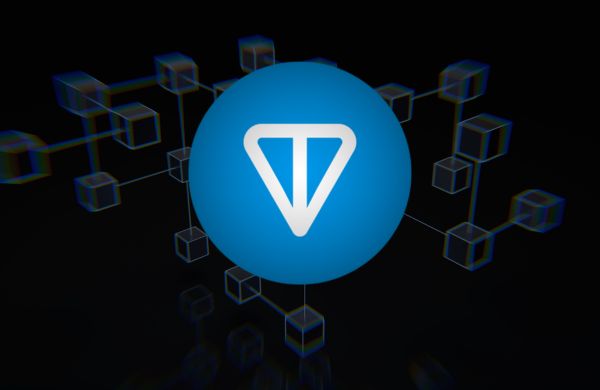
When the creators of Telegram Messenger, Pavel and Nikolai Durov, sought a blockchain solution to seamlessly integrate into their messaging platform, they found none that met their standards. This led them to embark on a journey to create their own blockchain, known as the Telegram Open Network (TON), along with its native cryptocurrency, ‘Gram,’ in 2018. The venture attracted massive attention and made history by raising $1.7 billion in a token sale, marking it as one of the most successful cryptocurrency Initial Coin Offerings (ICOs).
However, the project faced a significant setback when the U.S. Securities and Exchange Commission (SEC) accused Telegram of conducting an unregistered securities offering. A legal battle ensued, concluding with Pavel Durov announcing Telegram’s departure from the project after settling with the SEC for $18.5 million. Subsequently, the Open Network code became open source, paving the way for a small team of developers, led by Anatoliy Makosov and Kirill Emelyanenko, to take over TON’s development.
While TON is now independent from Telegram, Pavel Durov expressed his satisfaction with the project’s continuation in 2021, setting the stage for its evolution.
Also Read: Quantum Computing and Its Impact on Cryptocurrencies
Evolution into The Open Network
In 2021, The Open Network underwent a transformation. The original testnet2 became Mainnet, the TON team was rebranded as TON Foundation, and the project was renamed as The Open Network while retaining its TON acronym.
The Open Network employs a unique blend of technologies, including a proof-of-stake consensus mechanism, sharding, and a virtual machine, to ensure speed, flexibility, and cost-effectiveness. This enables the network to support millions of users and process millions of transactions per second. The highest recorded transaction throughput was 55,000 transactions per second in 2021.
Sharding, an innovative approach to scalability, divides the network into interconnected pieces that function independently, allowing multiple transactions to occur simultaneously. The network’s dynamic sharding further enhances its adaptability by adjusting the network’s structure based on demand.
The TON virtual machine introduces novel concepts, such as a fee model that charges smart contract developers rather than users. Each smart contract maintains a Open Network token balance to cover its resource costs. The asynchronous architecture enables independent processing of multiple transactions, enhancing efficiency.
What Sets TON Apart?
The Open Network’s distinctive feature is its ability to connect with Telegram’s vast user base, which surpassed 700 million monthly active users in 2022, with projections to reach over 1 billion by the end of 2023. This integration of blockchain technologies into an everyday user’s life was part of its original vision.
One pivotal step in this direction is the integration of the self-custodial TON-based crypto wallet within the Telegram platform. Users can now send, receive, buy, and swap Toncoin directly through Telegram, enhancing the accessibility of cryptocurrencies.
The TON ecosystem offers various game-changing components, including Open Network Storage for decentralized file storage, TON Proxy to protect user IPs, and TON DNS for user-friendly wallet addresses. TON Payments facilitates seamless transactions, while TON Bridge enables connectivity with different blockchain networks, ultimately making cryptocurrencies more accessible to the masses.
Introducing Ton coin
Toncoin, or $TON, serves as the native and utility token of TON. It fulfills roles in transaction fees, staking, and gas payments, and as a DAO, users holding $TON can vote on proposals. Currently, 3.4 billion $TON are in circulation, out of a maximum supply of 5 billion. $TON is also used for TON DNS and TON Storage, with plans for TON Proxy integration in the future. Additionally, decentralized applications on the network adopt $TON as their base currency.
The Open Network Foundation actively works on expanding the blockchain, with developer activity growing by 6.56% from Q1 to Q2 in 2023. The roadmap for 2023 outlines plans to introduce other cryptocurrencies within the TON ecosystem and build bridges with Ethereum, Binance Coin, and Bitcoin, promising to create numerous opportunities.
While The Open Network offers a seamless crypto experience, users must be aware of the trade-offs. The self-custodial TON Space wallet, although user-friendly, abstracts the concept of private key storage, potentially raising security concerns and vulnerability to scams.
Also Read: Crypto-Friendly Digital Banks Around the World
Conclusion
The Open Network represents Telegram’s ambitious leap into the blockchain world, aiming to bridge the gap between blockchain technologies and everyday users. With its rapid evolution and unique features, it has the potential to be a game-changer in the crypto landscape. As TON and Telegram aspire to mimic WeChat’s success, they have an exciting journey ahead.

Leave a Reply